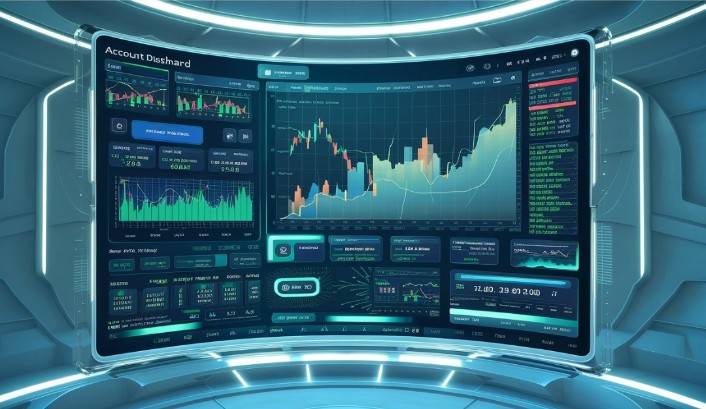Solar panels are a smart, long-term investment that can reduce your utility bills, lower your carbon footprint, and increase your home’s energy independence. But many homeowners don’t realize solar performance can fluctuate with the seasons. From longer days in summer to shifting sun angles in winter, knowing how to support your system year-round can help you maximize efficiency and savings.
Here’s what you need to know to get the most from your solar panels in every season.
Seasonal Shifts and Solar Performance
Solar panels generate the most energy when they receive direct, unobstructed sunlight. That means output is highest on clear, sunny days, but seasonal changes can affect how much power your system produces.
In summer, longer daylight hours and higher sun angles give your panels more time to generate electricity. However, extreme heat can slightly reduce panel efficiency. In winter, colder temperatures can improve efficiency, but shorter days and lower sun angles mean fewer total production hours. Overcast weather and storms can also limit output during any season.
Understanding these natural shifts helps you set realistic expectations and plan for your home’s energy use.
Keep Your Panels Clean
Clean solar panels capture more sunlight and generate more power. Dust, pollen, leaves, and bird droppings can block sunlight, especially during dry periods when rain is not washing debris away.
Best practices for keeping panels clean:
- Check your panels every few months for visible buildup.
- Rinse them gently with water if you see noticeable dust or debris.
- Schedule a professional cleaning at least once a year, often in dusty or high-pollen regions.
- After significant storms, inspect branches or other debris that could block panels.
Minimize Shading Throughout the Year
Even on a small portion of your solar array, shading can significantly reduce energy output. Seasonal changes in sun position mean that trees or structures that don’t cast shadows in summer might do so in winter or fall.
Make it part of your yard maintenance routine to monitor and trim trees or shrubs that could block sunlight. It’s a simple step that helps your system perform at its best, no matter what time of year.
Monitor Your System’s Performance
Many modern solar systems have monitoring tools that let you see how much energy your panels produce. Reviewing this data regularly helps you spot changes in performance and address issues early — whether it’s debris on the panels, an inverter fault, or something else.
If you notice output dropping unexpectedly, it may be time to adjust your system or consult a professional. For expert advice, see this guide to adapting your solar strategy for year-round performance in Thousand Oaks.
Schedule Preventive Maintenance
Preventive maintenance is one of the best ways to protect your solar investment. An annual inspection by a qualified technician helps ensure your panels, inverters, and wiring are in good condition. It also allows you to catch minor issues before they affect performance or require costly repairs.
Routine maintenance not only preserves efficiency but also supports the long-term reliability of your system.
Maximize Performance, Maximize Savings
Solar panels are built to last and deliver consistent energy for decades. But getting the most from your system takes a little attention and care. By keeping your panels clean, minimizing shading, monitoring output, and staying on top of maintenance, you can enjoy reliable solar power, and lower energy bills every season.



